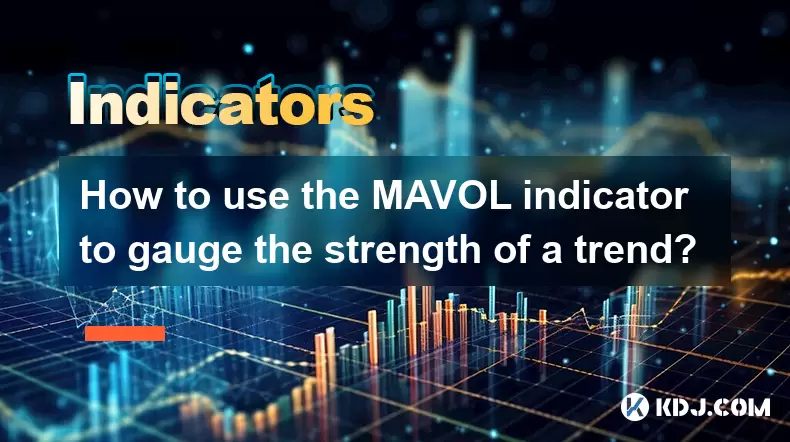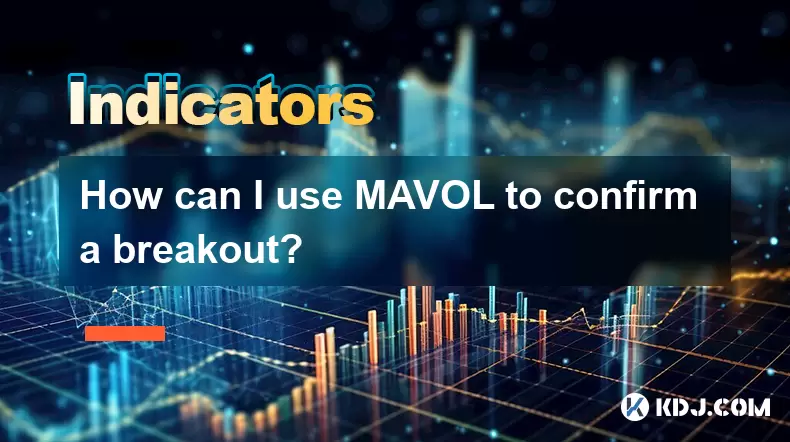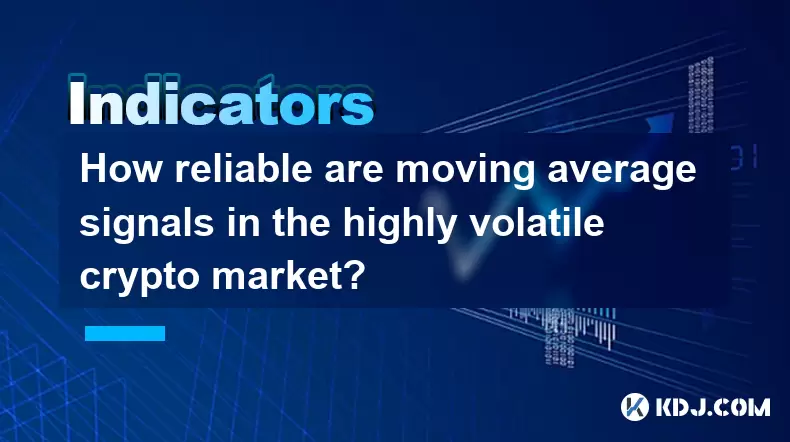-
 Bitcoin
Bitcoin $118400
0.47% -
 Ethereum
Ethereum $3836
2.20% -
 XRP
XRP $3.157
2.98% -
 Tether USDt
Tether USDt $0.9999
-0.03% -
 BNB
BNB $801.5
1.31% -
 Solana
Solana $180.9
2.07% -
 USDC
USDC $0.9999
-0.02% -
 Dogecoin
Dogecoin $0.2225
2.50% -
 TRON
TRON $0.3285
-1.02% -
 Cardano
Cardano $0.7789
2.60% -
 Hyperliquid
Hyperliquid $43.60
2.39% -
 Sui
Sui $3.892
4.41% -
 Stellar
Stellar $0.4229
3.34% -
 Chainlink
Chainlink $18.01
3.98% -
 Hedera
Hedera $0.2745
6.77% -
 Bitcoin Cash
Bitcoin Cash $582.3
3.38% -
 Avalanche
Avalanche $23.77
1.04% -
 Ethena USDe
Ethena USDe $1.001
0.01% -
 Toncoin
Toncoin $3.493
3.59% -
 Litecoin
Litecoin $110.0
2.48% -
 UNUS SED LEO
UNUS SED LEO $8.936
-0.37% -
 Shiba Inu
Shiba Inu $0.00001304
2.49% -
 Uniswap
Uniswap $9.999
1.09% -
 Polkadot
Polkadot $3.897
3.26% -
 Monero
Monero $308.6
-0.83% -
 Dai
Dai $0.9999
-0.01% -
 Bitget Token
Bitget Token $4.504
-0.04% -
 Pepe
Pepe $0.00001154
2.95% -
 Cronos
Cronos $0.1471
3.06% -
 Ethena
Ethena $0.6691
19.53%
What exactly does the VWAP indicator measure?
VWAP combines price and volume to reveal the average transaction cost, helping crypto traders gauge market sentiment and improve trade timing.
Jul 31, 2025 at 03:26 am

Understanding the Core Concept of VWAP
The VWAP (Volume Weighted Average Price) indicator measures the average price of a financial asset, weighted by the volume traded at each price level over a specified time period. Unlike a simple moving average, which only considers price, VWAP incorporates both price and trading volume, making it a more accurate reflection of the true average transaction cost during the session. This makes it especially valuable in the cryptocurrency market, where volatility and liquidity can fluctuate rapidly. Traders use VWAP to assess whether the current price is favorable compared to the average price at which most transactions have occurred.
How VWAP is Calculated in Cryptocurrency Trading
The calculation of VWAP involves a multi-step process that combines price and volume data. To compute VWAP, you must follow these steps:
Determine the typical price for each time interval (e.g., 5-minute candle) using the formula:
(High + Low + Close) / 3
This value represents the average price level during that period.Multiply the typical price by the volume traded during the same interval. This gives the total dollar value of trades for that period.
Accumulate the total dollar value across all intervals from the start of the session (usually the beginning of the trading day or selected timeframe).
Accumulate the total volume traded over the same period.
Divide the cumulative dollar value by the cumulative volume to obtain the VWAP.
This formula ensures that price levels with higher trading volume have a greater influence on the final average. For example, if a large number of Bitcoin transactions occur at $43,000, that price will weigh more heavily in the VWAP than a price with minimal volume.
Why Volume Matters in VWAP Interpretation
The inclusion of volume in the VWAP calculation is what sets it apart from other moving averages. In the cryptocurrency market, where large trades can significantly move prices, volume acts as a credibility filter. A price spike with low volume may indicate noise or manipulation, whereas a price movement supported by high volume is more likely to represent genuine market sentiment. When the current price is above the VWAP, it suggests that traders are buying at higher prices than the average, potentially signaling bullish momentum. Conversely, when the price is below the VWAP, it may indicate bearish pressure, as buyers are transacting below the average cost.
Using VWAP as a Benchmark for Trade Execution
Institutional traders and algorithmic systems often use VWAP as a benchmark to evaluate the efficiency of their trade execution. For instance, if a large crypto fund aims to purchase Ethereum without disrupting the market, they may use VWAP to ensure their average purchase price does not significantly exceed the market’s volume-weighted average. This helps minimize slippage and market impact. Retail traders can also benefit by comparing their entry and exit points to the VWAP line on their charts. If a trader buys below the VWAP, they are acquiring the asset at a better-than-average price, which can improve profitability over time. Similarly, selling above the VWAP may indicate a favorable exit point.
Implementing VWAP in Trading Platforms
Most modern cryptocurrency trading platforms, including TradingView, Binance, and Bybit, offer VWAP as a built-in technical indicator. To apply it:
Open the chart for the desired cryptocurrency pair (e.g., BTC/USDT).
Access the indicators menu and search for “VWAP.”
Select the VWAP indicator, and it will automatically plot on the chart as a single line.
Adjust the session settings if needed (e.g., reset at the start of each day or use a custom time window).
Some platforms allow users to combine VWAP with standard deviation bands, creating a VWAP envelope that highlights potential overbought or oversold conditions. These bands help traders identify when the price has deviated significantly from the average, which could signal a reversion or continuation depending on volume confirmation.
Common Misconceptions About VWAP in Crypto Markets
One common misunderstanding is that VWAP is a predictive indicator. In reality, VWAP is a lagging measure—it reflects past transaction data and does not forecast future price movements. Another misconception is that VWAP works equally well across all timeframes. While it is most effective on intraday charts (such as 5-minute or 15-minute), its usefulness diminishes on longer timeframes like weekly charts, where volume patterns are less granular. Additionally, some traders assume VWAP is static, but it is recalculated with each new price and volume update, meaning the line evolves throughout the trading session.
Combining VWAP with Other Indicators for Confirmation
To enhance its effectiveness, traders often pair VWAP with complementary tools. For example:
Use RSI (Relative Strength Index) to confirm whether the market is overbought or oversold when the price deviates from VWAP.
Apply moving averages to identify longer-term trends in relation to the VWAP baseline.
Monitor order book depth on exchanges to validate volume signals suggested by VWAP.
When the price is above VWAP and RSI is rising, it may reinforce a bullish bias. Conversely, if the price is below VWAP and the order book shows strong sell walls, it could support a bearish outlook. These combinations help filter out false signals and improve decision-making accuracy.
Frequently Asked Questions
Q: Can VWAP be used on non-intraday cryptocurrency charts?
Yes, VWAP can be applied to any timeframe, but it is primarily designed for intraday analysis. On daily or weekly charts, the indicator resets less frequently and may not provide timely signals due to the aggregation of volume over extended periods.
Q: Does VWAP work the same way across all cryptocurrency exchanges?
No, VWAP is exchange-specific because it relies on the volume and price data from a single platform. VWAP on Binance will differ from VWAP on Coinbase due to differences in trading activity and order flow.
Q: Is VWAP suitable for scalping strategies in crypto?
Yes, VWAP is widely used in scalping because it helps identify short-term imbalances between price and volume. Scalpers often enter long positions when price pulls back to VWAP with increasing volume, expecting a bounce.
Q: How does a sudden spike in volume affect the VWAP line?
A sudden surge in volume at a specific price will pull the VWAP toward that price level, as high-volume transactions carry more weight in the calculation. This can cause the VWAP line to shift rapidly during news events or large trades.
Disclaimer:info@kdj.com
The information provided is not trading advice. kdj.com does not assume any responsibility for any investments made based on the information provided in this article. Cryptocurrencies are highly volatile and it is highly recommended that you invest with caution after thorough research!
If you believe that the content used on this website infringes your copyright, please contact us immediately (info@kdj.com) and we will delete it promptly.
- Ozak AI: Can This Underdog Crypto Achieve a Bull Run to $1?
- 2025-07-31 22:30:12
- Coinbase Breach: Navigating Insider Risk and Bolstering Security
- 2025-07-31 23:11:55
- Bitcoin Rebounds, WeWake Presale Gains Traction: What's the Buzz?
- 2025-07-31 22:30:12
- Bitcoin, Altcoins, and Volume Watchlists: Decoding the Crypto Landscape
- 2025-07-31 23:11:55
- Tron, Fartcoin, and BlockchainFX: What's Trending (and What's Not) in the Crypto World
- 2025-07-31 21:32:19
- Bitcoin, Corporate Investments, and Sustainability: A New Era or Fleeting Fad?
- 2025-07-31 20:50:14
Related knowledge

What is a MACD crossover?
Jul 31,2025 at 11:52pm
Understanding the Role of Private Keys in Cryptocurrency SecurityIn the world of cryptocurrency, private keys are the cornerstone of ownership and con...

How can you use the MACD histogram to determine trend strength?
Jul 31,2025 at 11:10pm
Understanding the MACD Histogram and Its ComponentsThe MACD (Moving Average Convergence Divergence) histogram is a visual representation of the differ...

How to use the MAVOL indicator to gauge the strength of a trend?
Jul 31,2025 at 09:57pm
Understanding the MAVOL Indicator in Cryptocurrency TradingThe MAVOL indicator, short for Moving Average of Volume, is a technical analysis tool widel...

How can I use MAVOL to confirm a breakout?
Jul 31,2025 at 11:38pm
Understanding MAVOL and Its Role in Technical AnalysisMAVOL, short for Moving Average of Volume, is a technical indicator that calculates the average ...

How reliable are moving average signals in the highly volatile crypto market?
Jul 31,2025 at 08:36pm
Understanding Moving Averages in Cryptocurrency TradingMoving averages (MAs) are among the most widely used technical indicators in the cryptocurrency...

How to choose the right moving average for a specific cryptocurrency?
Jul 31,2025 at 10:29pm
Understanding the Role of Moving Averages in Cryptocurrency TradingMoving averages are foundational tools in technical analysis, widely used by crypto...

What is a MACD crossover?
Jul 31,2025 at 11:52pm
Understanding the Role of Private Keys in Cryptocurrency SecurityIn the world of cryptocurrency, private keys are the cornerstone of ownership and con...

How can you use the MACD histogram to determine trend strength?
Jul 31,2025 at 11:10pm
Understanding the MACD Histogram and Its ComponentsThe MACD (Moving Average Convergence Divergence) histogram is a visual representation of the differ...

How to use the MAVOL indicator to gauge the strength of a trend?
Jul 31,2025 at 09:57pm
Understanding the MAVOL Indicator in Cryptocurrency TradingThe MAVOL indicator, short for Moving Average of Volume, is a technical analysis tool widel...

How can I use MAVOL to confirm a breakout?
Jul 31,2025 at 11:38pm
Understanding MAVOL and Its Role in Technical AnalysisMAVOL, short for Moving Average of Volume, is a technical indicator that calculates the average ...

How reliable are moving average signals in the highly volatile crypto market?
Jul 31,2025 at 08:36pm
Understanding Moving Averages in Cryptocurrency TradingMoving averages (MAs) are among the most widely used technical indicators in the cryptocurrency...

How to choose the right moving average for a specific cryptocurrency?
Jul 31,2025 at 10:29pm
Understanding the Role of Moving Averages in Cryptocurrency TradingMoving averages are foundational tools in technical analysis, widely used by crypto...
See all articles

























































































